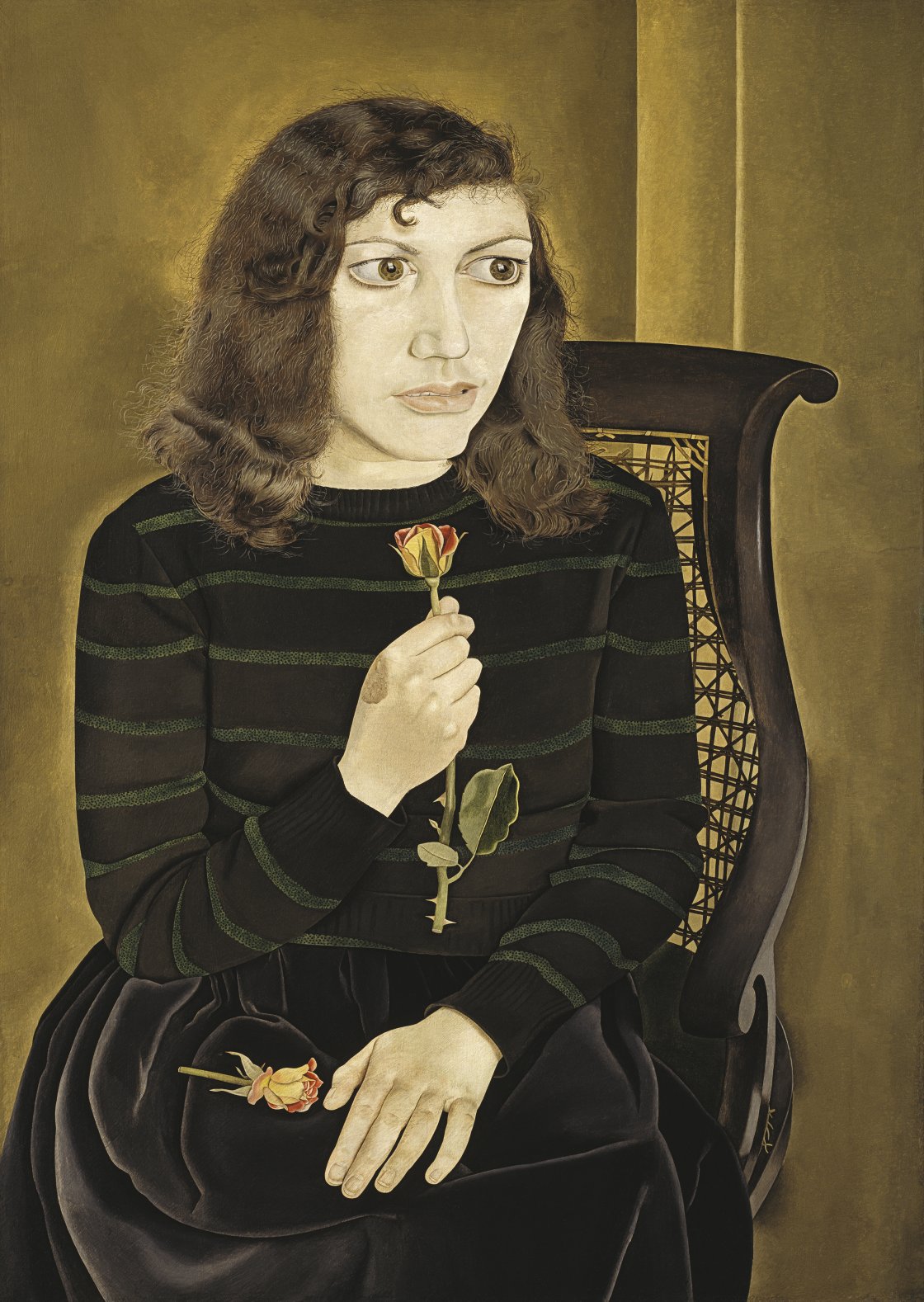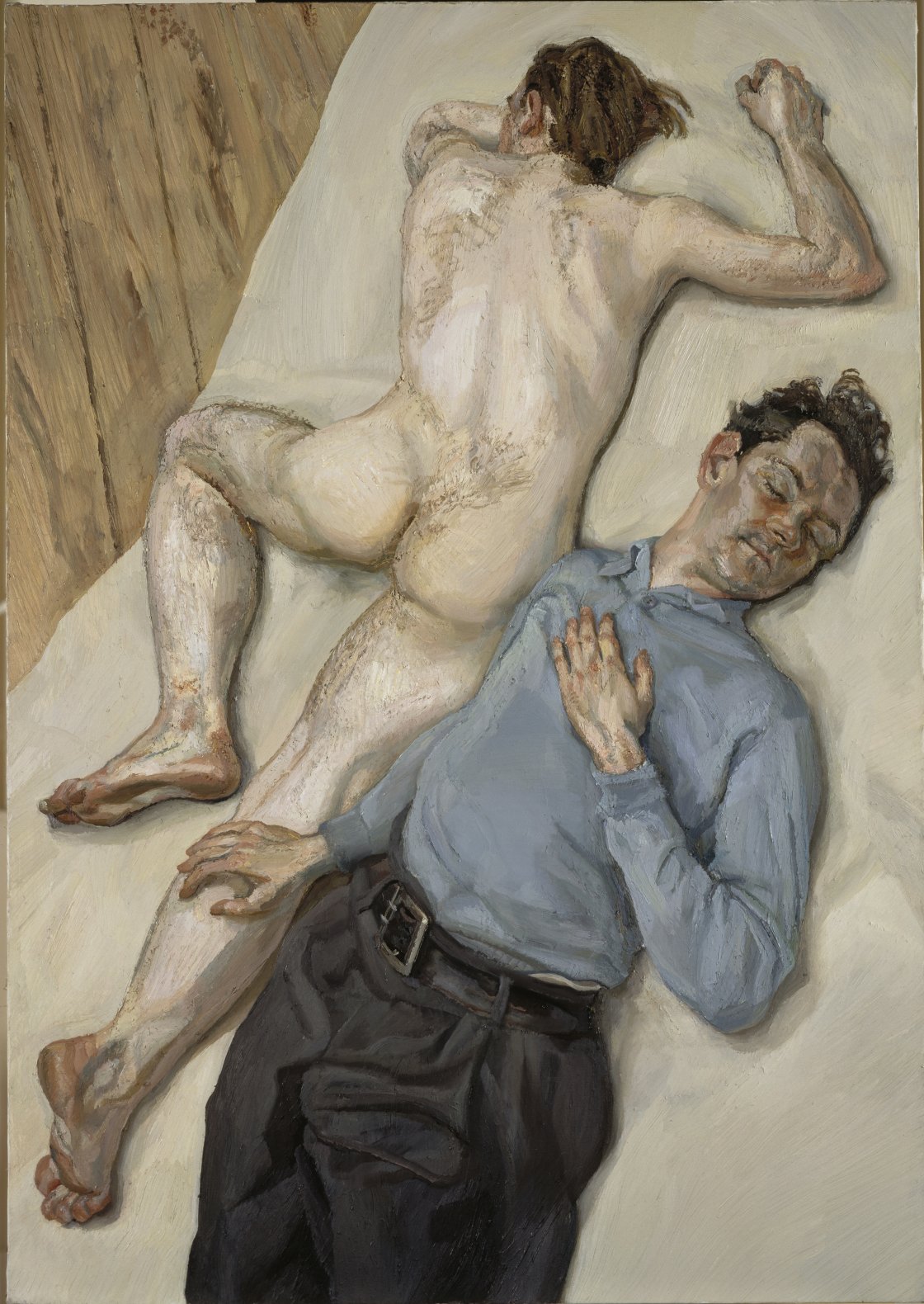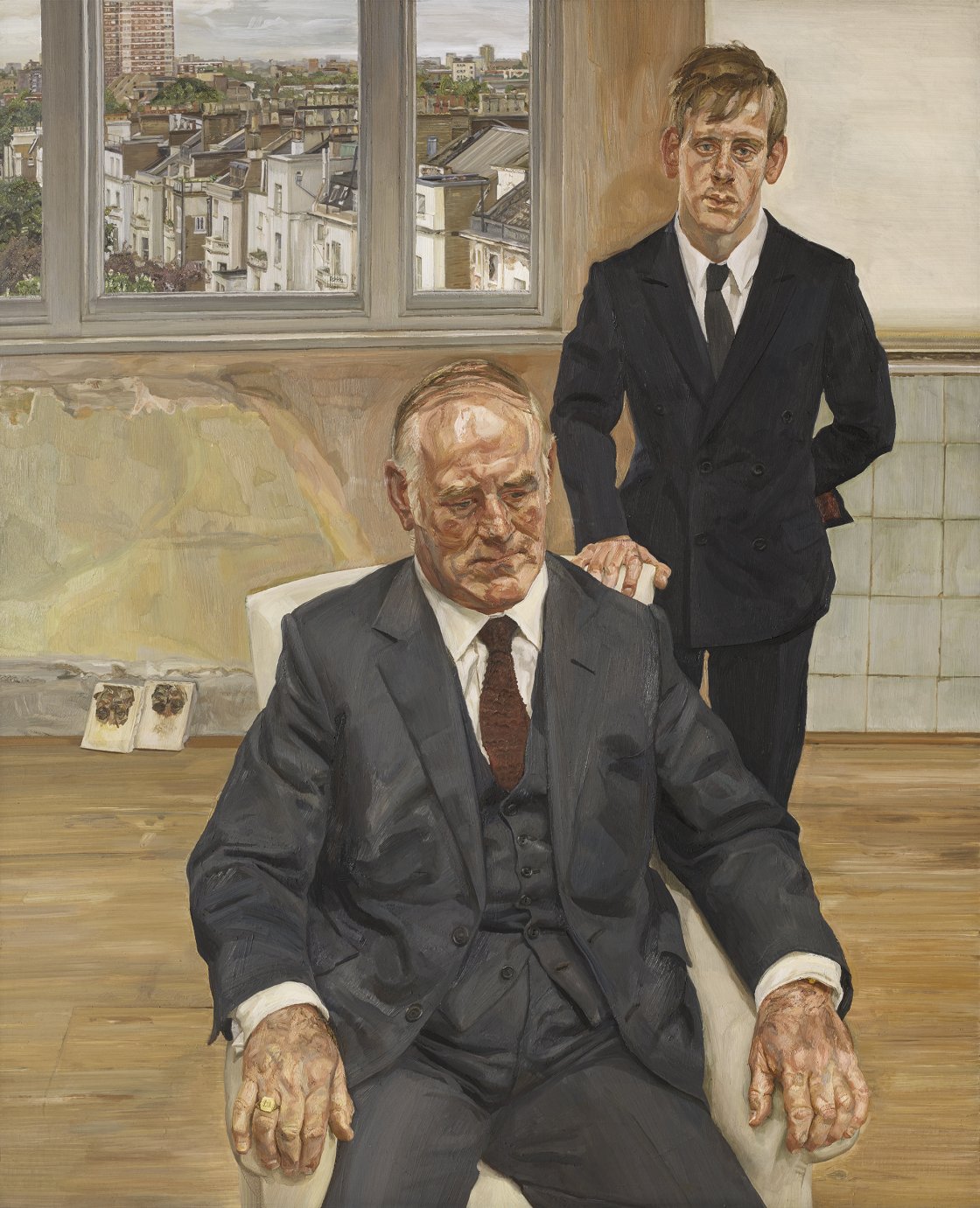Lucian Freud, Large Interior, W9, 1973, Oil on canvas, 91 x 91.4 cm, The Devonshire Collections, Chatsworth. © The Lucian Freud Archive. All Rights Reserved 2022 / Bridgeman Images
Word of Lucian Freud. And so, fresh from the large exhibition dedicated to him by the British museum to celebrate the hundredth anniversary of his birth, the nephew of the illustrious psychoanalyst flies to Madrid for a new eagerly awaited appointment.
The painter who only asked his paintings to “amaze, disturb, seduce, convince” will be at the center of the retrospective that the Museo Nacional Thyssen-Bornemisza in Madrid is dedicating to him from 14 February to 18 June in collaboration with the National Gallery in London.
The exposure Lucian Freud. New perspectivesrunning until January 22 at the National Gallery, curated by Daniel Herrmann in London and Paloma Alarcó in Madrid, will move to the Spanish capital to celebrate the artist.
Visitors will be invited to retrace the seventy-year career of one of the most important European artists of the twentieth century through over 50 works on display, accompanied by an extensive catalog that raises new questions on the importance of the master with the aim of presenting him to new generations from a new perspective.

Lucian Freud, Girl with Roses, 1947-1948, Oil on canvas, 75.6 x 106 cm | Courtesy of The British Council Collection. © The Lucian Freud Archive. All Rights Reserved 2022 / Bridgeman Images
The first major retrospective organized since the artist’s death in 2011 focuses attention on his lifelong commitment to the essence of painting. Freud was a frequent visitor to the major art museums in the world and his work contains multiple allusions to the great masters of the past, from Holbein to Cranach, from Velázquez to Rembrandt, from Ingres to Cézanne.
Subversive, incisive, sometimes shocking, Lucian Freud’s painting has always focused on the representation of the human body and modern man. The itinerary will also include the five works of Freud conserved at the Museo Nacional Thyssen-Bornemisza, the only Spanish museum to boast works by the artist in its collection. Baron Hans Heinrich ThyssenBornemisza was in fact one of the first private collectors to concentrate on the work of the painter who painted it twice. Their friendship matured during the long posing sessions.

Lucian Freud, Two Men, 1987-1988, Oil on canvas, 75 x 106.7 cm, National Galleries of Scotland. Purchased 1988 © The Lucian Freud Archive. All Rights Reserved 2022 / Bridgeman Images
Divided into various thematic sections, the exhibition traces the evolution of the painter from the 1940s to the beginning of the 21st century. The works populated by hieratic figures such as Girl with roses, painted with an almost primitivist detail. Portraits like Girl in Bed And Girl in a green dress or the creepy Hotel Room mark the end of this first phase.
From this point on Freud paints standing up, moving around the models with physical proximity that allows him to appreciate the smallest details, while the influence of Francis Bacon makes his brushstroke looser and strongly loaded with pigment.
The exhibition also returns other self-portraits made in this period, where the artist often uses a mirror as a pictorial device, as shown Reflection with Two Children (Self-Portrait) from 1965. Freud always painted from life and preferred to depict friends, family and lovers, although his ability to convey intimacy, not necessarily erotic, in his works – including affection, friendship or paternal love – has been hitherto little investigated. This intimacy is reflected above all in the double portraits, such as that of his painter friend Michael Andrews and his wife June (1965-66), in the portrait of his daughters Bella and Esther (1987-88) and in Two Menwhich immortalizes the artists Angus Cook and Cerith Wyn Evans.
As his fame grew, Freud occasionally accepted commissions from people he admired. Before the artist began to create the portrait, the models were forced to accept his request for conditions relating to the pose and the duration of the sessions, which always took place in his studio. The works of this period such as Man in a Chair (Baron HH Thyssen-Bornemisza) And Two Irishmen in W11 (1984-85) follow the tradition of the portraits of Rubens or Velázquez, with the models characterized by strongly introspective expressions, depicted seated, hands on the armrests of the chair.

Lucian Freud, Two Irishmen in W11, 1984-1985, Oil on canvas, 142.6 x 172.7 cm, Private collection. © The Lucian Freud Archive. All Rights Reserved 2022 / Bridgeman Images
Since the 1980s, the painter’s studio has become the frame and at the same time the subject of his paintings. It is perceived as an iconic and perfectly recognizable place, with its characteristic furniture, peeling walls, the floor presented in an ascending perspective that generates a marked sense of instability in the figures and elements represented, as can be seen from Large Interior W9 (1973) and from One night in the studio (1993).
The exhibition concludes with a section that brings together several monumental nudes, works that reveal a profound observation of the vulnerability of the human body and the plasticity of the flesh as a painting.
“I want paint to function like flesh,” the artist said in 1982, a statement that echoes in the fleshy materiality of his subjects’ faces and bodies. The vigorous representation of flesh on the canvas is moreover the most recurring aspect in Freud’s painting throughout his career. The artist began painting nudes in the 1960s, but it was especially in the last decades of his career that the emphasis on the very large dimensions of bodies made him a pioneer in the depiction of non-normative bodies, described with heavily impasto brushstrokes, similar to sediments of passing time.
The exhibition is open from Tuesday to Sunday from 10 to 19, Saturday from 10 to 21.
![]() Read also:
Read also:
• Egon Schiele’s revolutionary art at the center of a major exhibition in Tokyo

